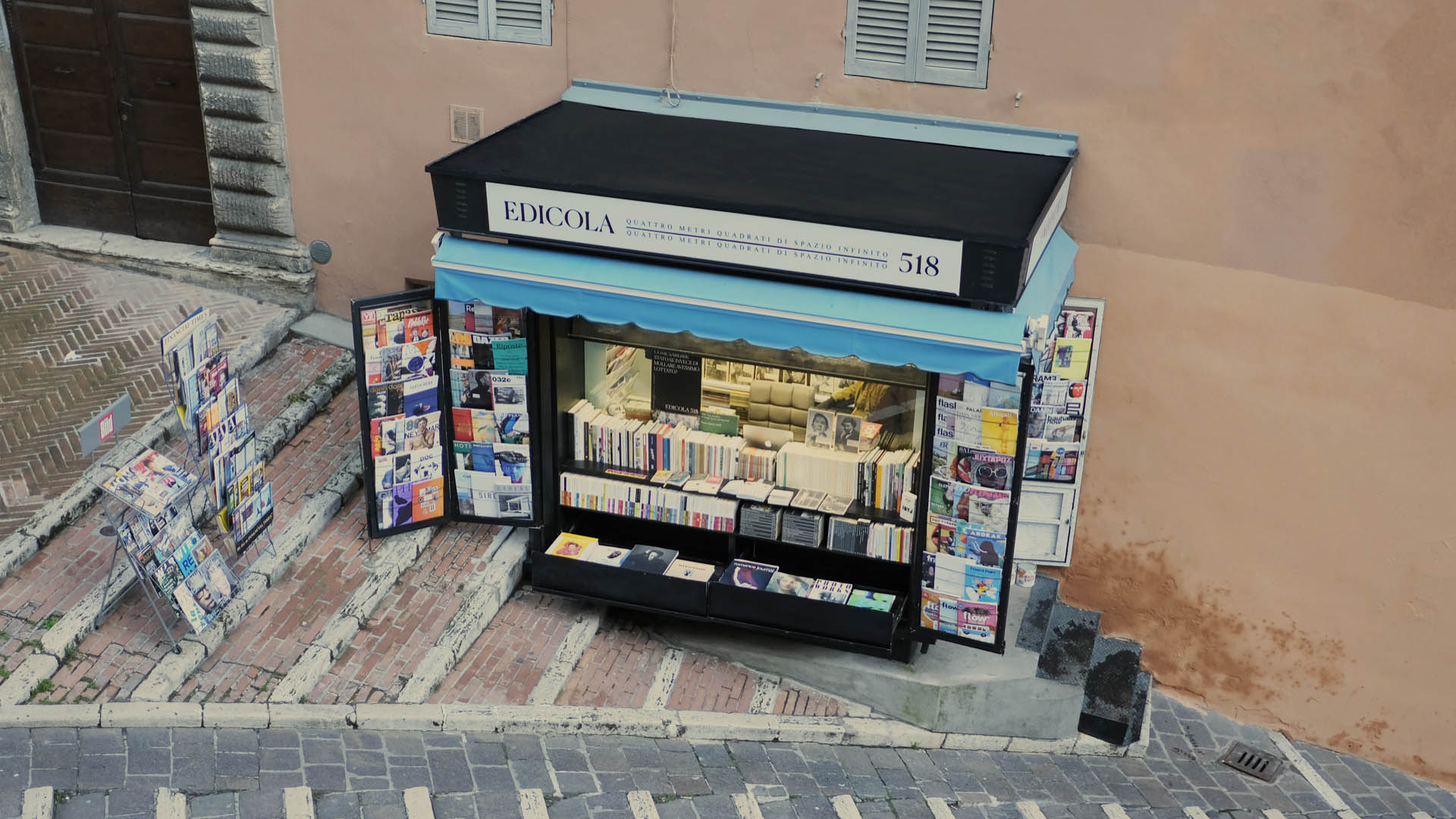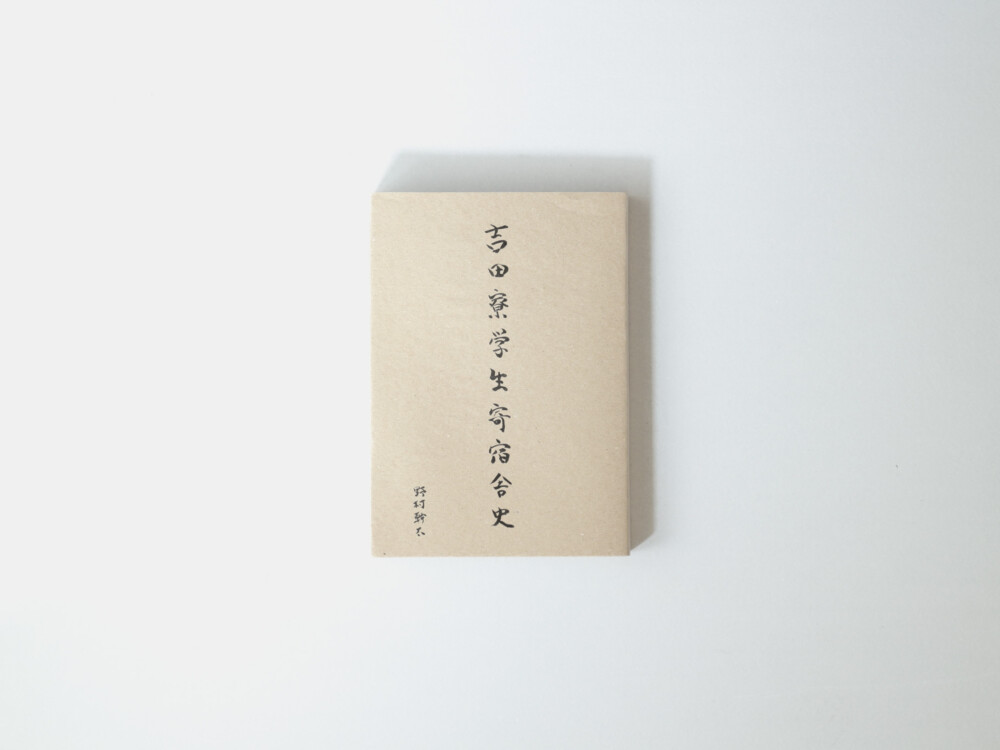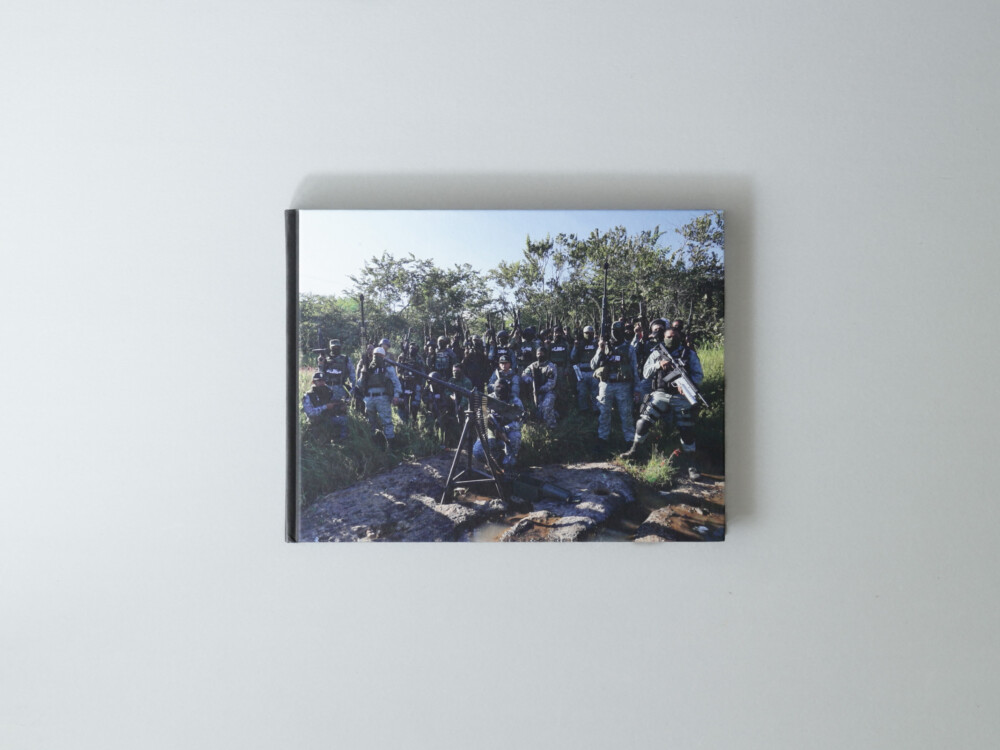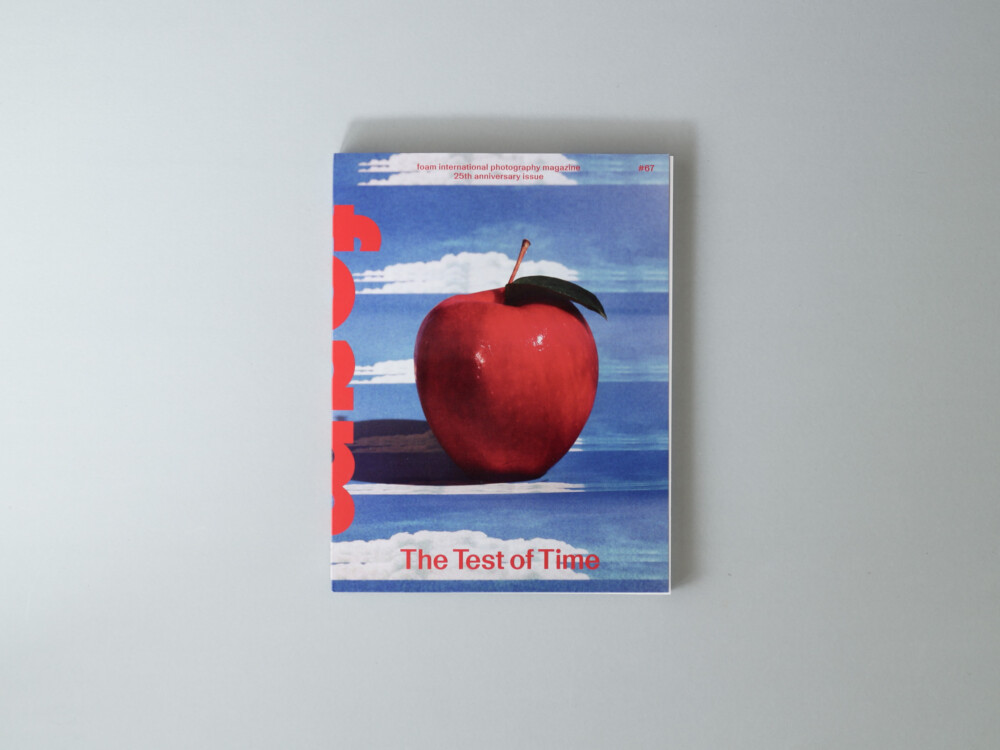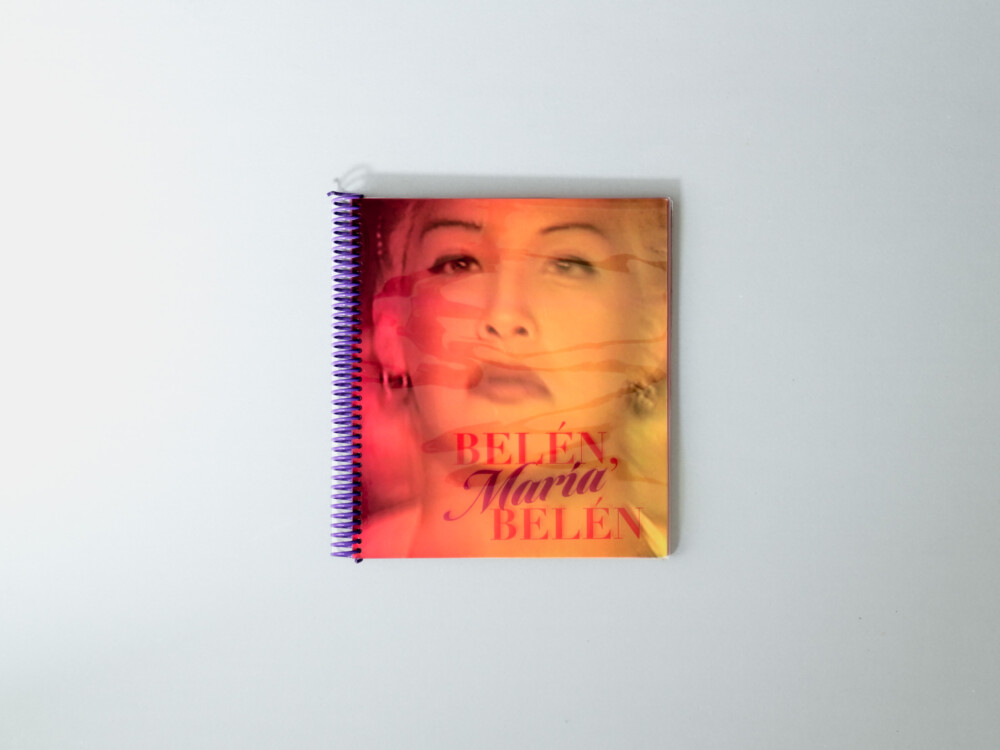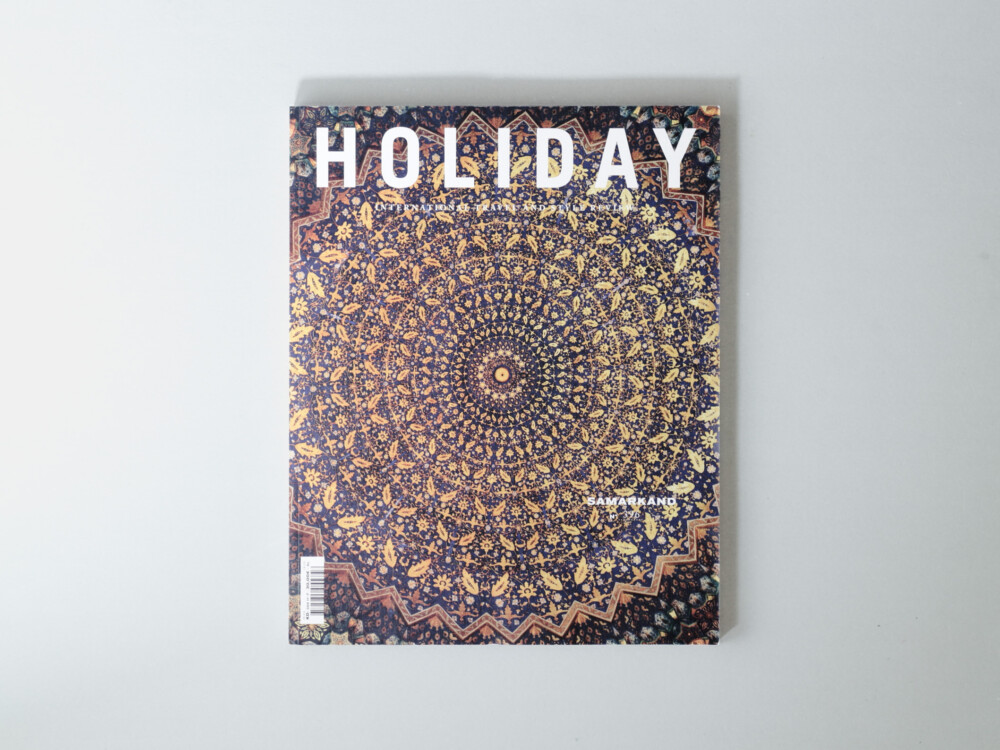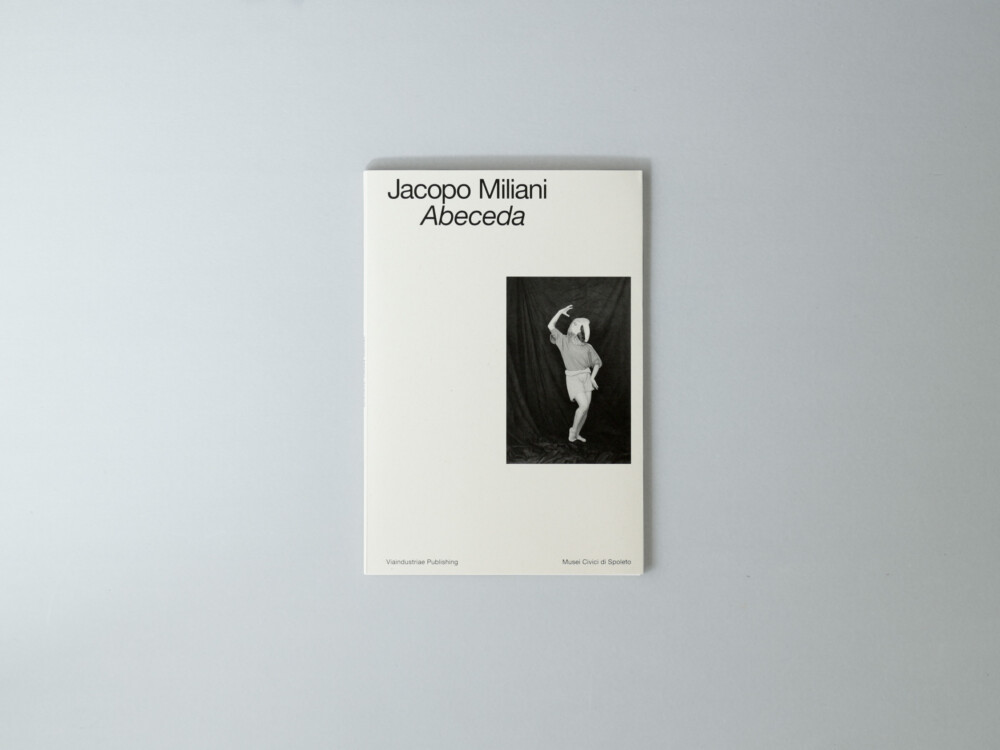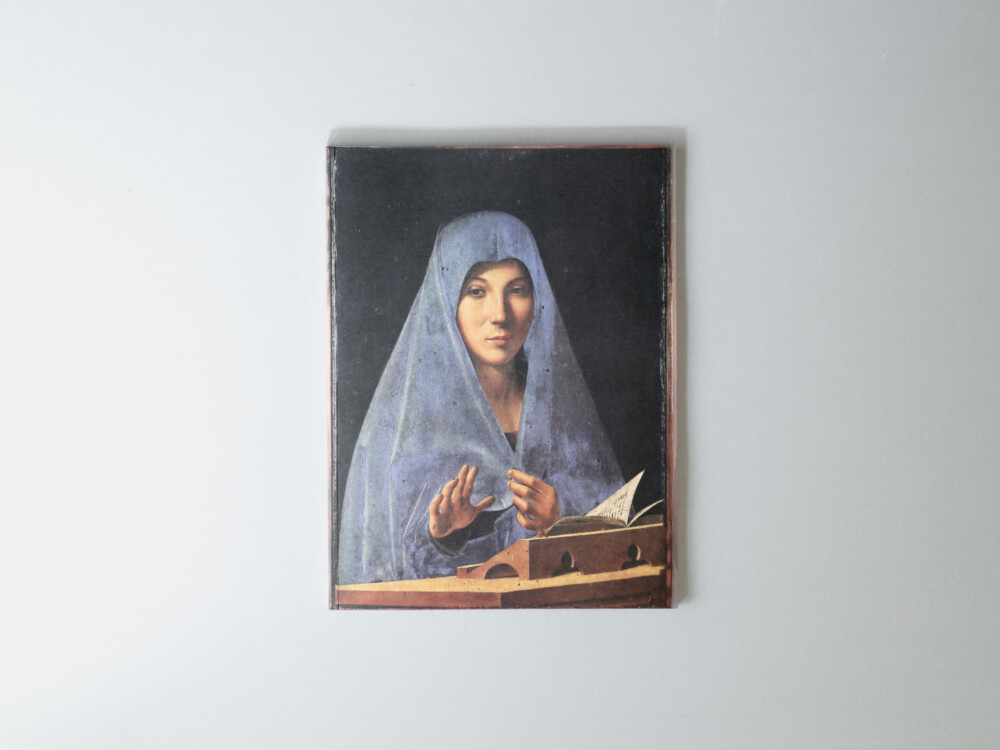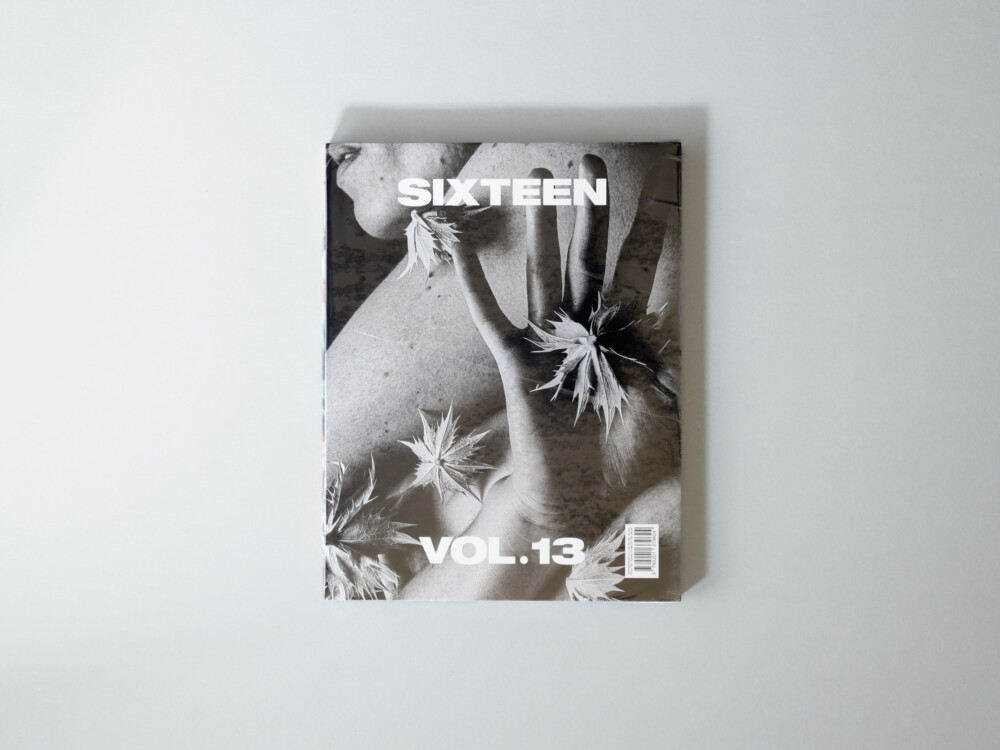Tokyo Fishgraphs
49,00€
Naohiro Harada’s (b. 1982, Japanese) series is an attempt to explore the origin of the eccentricity of Japanese visual culture through the usage of traditional methods by composing a fictional documentary for the audienceless 2020 Olympics, which was postponed due to the restrictions of the pandemic.
During this phantasmal time, Harada decided to convert the strange experience into a series of contemporary Mitate-e, i.e. a genre term within Japanese art that witfully plays with allusions, puns, and gaps in what we understand, by depicting and parodying historical and traditional events. There are three main themes in this series of Mitate-e:
Utagawa Hiroshige
The world-renowned ukiyo-e artist created One Hundred Famous Views of Edo. Edo is the former name of Tokyo, and the work, being a masterpiece of landscapes, is one of the most original representations of the sights of Edo-Tokyo. In addition to making One Hundred Famous Views of Edo, Hiroshige also produced the beautiful Grand Series of Fishes. In order to portray a visual connection to Hiroshige’s work, Harada juxtaposes black and white duplications of One Hundred Famous Views of Edo with his own pictures.
Fish
As an important part of the food culture in Tokyo, a city located by the bay, fish has been a fascinating subject throughout the history of Japanese art. Harada visited local fish markets and combined various fishes, commonly used in sushi and other Japanese dishes, to create a cultural motif by photographing them with a large-format camera in various parts of Tokyo, depicted in Hiroshige’s One Hundred Famous Views of Edo.
Empty Tokyo Streets
During 2020 and 2021, people were forced to refrain from meeting face-to-face, and the city was almost empty for a period of time, which was an unrealistic sight.
If the Tokyo 2020 Summer Olympics had been held as initially planned, the fishes Harada photographed might have been tasted as sushi by the visitors of the world.



